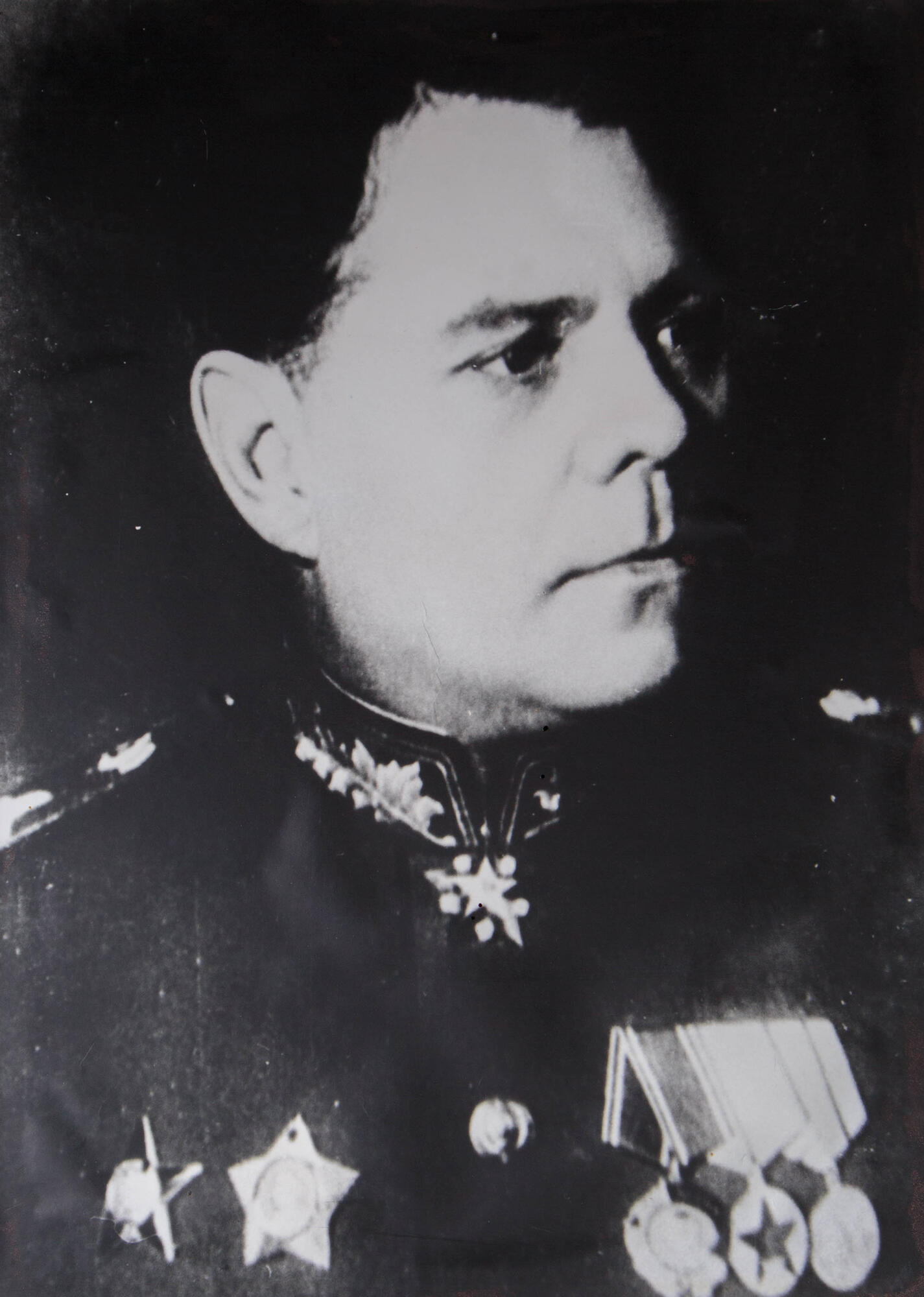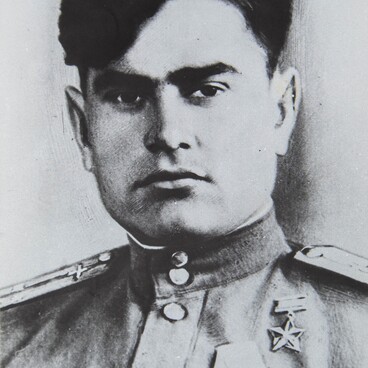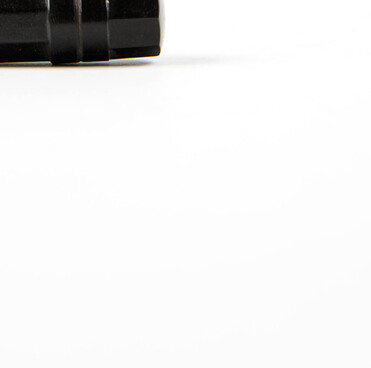The museum’s collection includes a photograph of Aleksandr Mikhailovich Vasilevsky (1895–1977). He was born in the village of Novaya Golchikha (today — the town of Vichuga) in the Kostroma Governorate. His father was a priest, however, Vasilevsky did not want to attend a theological seminary. Instead, he opted for a military school and took express courses. He graduated in 1915.
During the First World War, Aleksandr Vasilevsky commanded a company and then a battalion. In May 1919, he joined the ranks of the Red Army, participated in the Russian Civil War and the Polish-Soviet War of 1919–1921. Vasilevsky was an assistant commander, platoon commander, battalion commander, assistant regimental commander, and head of the divisional school. After the formation of the USSR, he became a regiment commander.
In May 1931, Aleksandr Vasilevsky was appointed to the Combat Training Directorate of the Red Army. From 1935 to 1936, he led the combat training department of the staff of the Volga Military District. By the beginning of the Great Patriotic War, he already worked in the General Staff and in August 1941, he became Deputy Chief of the General Staff, overseeing Operational Control. In 1942, he was appointed Chief of the General Staff and Deputy People’s Commissar of Defense of the USSR.
Aleksandr Vasilevsky took part in the preparations for many battles and operations of the Great Patriotic War. He formed a plan for the Soviet counteroffensive in the Battle of Stalingrad. From 1943 to 1944, with the rank of Marshal of the Soviet Union, Vasilevsky coordinated the actions of the Soviet troops in the Battle of Kursk, during the liberation of Donbass and Crimea, in operations in Right-Bank Ukraine, and the battles to liberate Belarus, Latvia and Lithuania.
In June 1945, Vasilevsky
was appointed commander-in-chief of the Soviet forces in the Far East, after
which he again headed the General Staff, and in 1949 became Minister of the
Armed Forces of the USSR. Aleksandr Vasilevsky — twice Hero of the Soviet Union
and recipient of many orders and medals — died on December 5, 1977. His ashes
were immured in the Kremlin Wall Necropolis.


